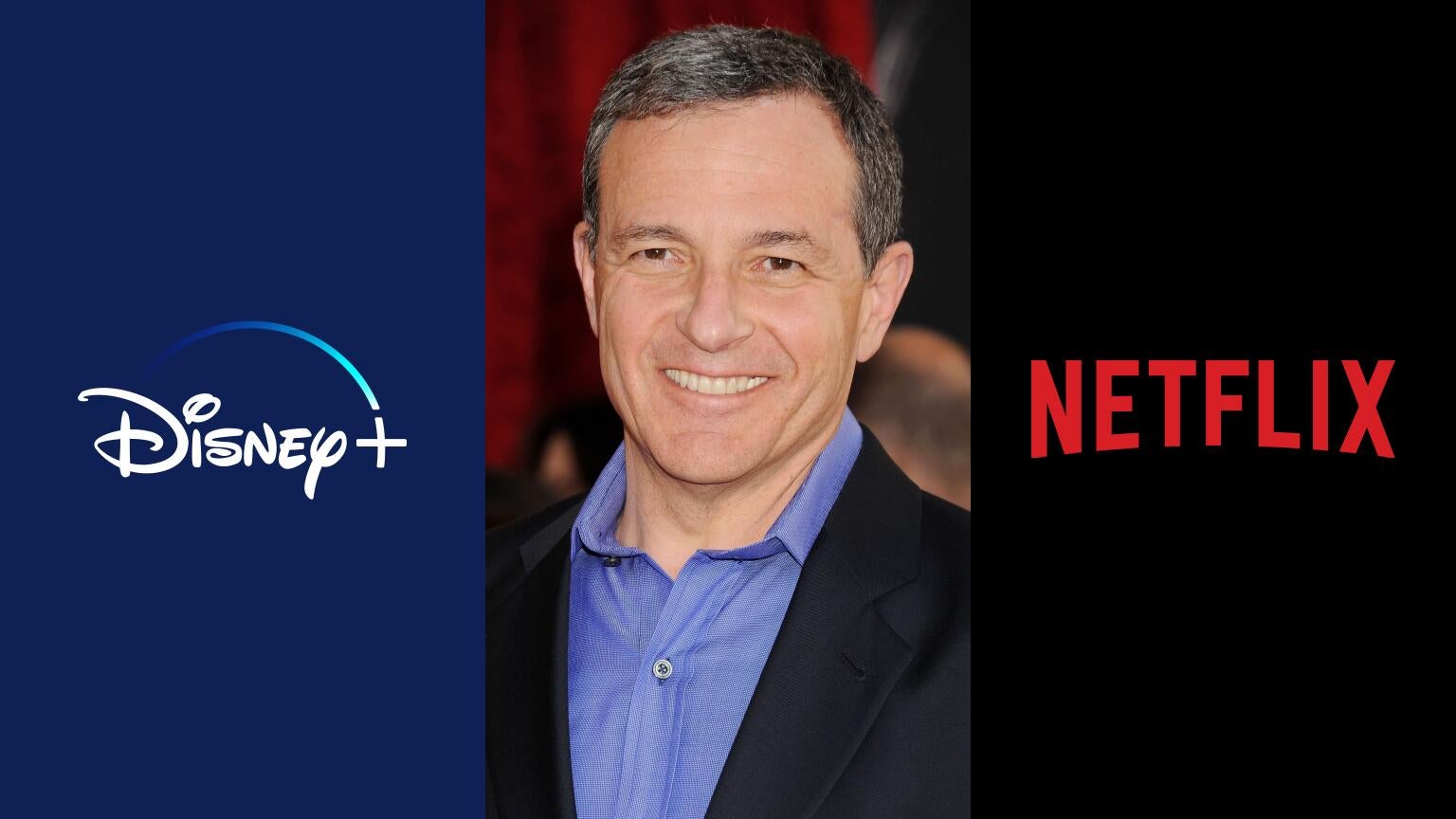Former Disney CEO Bob Iger Thinks Some Streaming Services Won’t Make It
Former Disney CEO Bob Iger Thinks Some Streaming Services Won’t Make It

The streaming market is growing more crowded every day; there are more subscription video-on-demand (SVOD) services than ever, and the number of paying customers is shrinking. More than 25% of U.S. households have cut their streaming and pay-TV budgets over the last six months in response to inflation and other economic implications.
Something has to give, or so thinks former Disney CEO Bob Iger, who helped launch Disney+ in 2019. Iger, thinks that the streaming market has reached something of a saturation point, and while some streaming platforms may flourish, others are sure to fall by the wayside as customers continue to seek the best intersection of content and value.
“I believe that Netflix is going to continue to thrive. They have some issues now, but they’re not going away,” Iger said at this year’s Code Conference in Beverly Hills, Calif. on Wednesday, according to Media Play News.
The former Disney exec added that he believed Netflix and Disney+’s planned introduction of ad-supported tiers would help both services prosper. He’s not alone in that belief, as independent analysts have projected each company could see more than $1 billion in additional revenue by 2025 from their ad-supported subscription tiers.
Iger also singled out Apple TV+ and Prime Video as services destined for continued success. He pointed to the fact that video streaming is not the primary financial drivers of their company’s success.
“They’re not primary businesses for them and they’re measured, probably, by different standards in terms of bottom line, and they serve other purposes in those companies,” Iger said of the streamers. “They’re going to continue to grow, and they’ll grow well. They’ve got deep pockets. They’ve got great access to consumers. They have strong technology platforms. They’ve proven they know how to do it. So, they stay.”
To be sure, however, Iger sees the threat to streaming services as coming from other streaming services, not movie theaters. Attendance at theaters is rising slowly, but the numbers are still nowhere near what they were before the grip of the COVID-19 pandemic took hold.
“Consumers have learned as they got more comfortable with the user interface and the subscription and basically app-based television, they’ve learned to find it, find shows that they like and they’ve learned to enjoy them. They love the flexibility it gives them from a time perspective. It replaces movie going,” Iger said according to The Wrap.
The major streaming services that Iger did not mention by name — HBO Max, Peacock, and Paramount+ have all had their struggles recently. HBO’s parent company Warner Bros. Discovery is in the midst of a $3 billion cost cutting venture between HBO Max, discovery+, and all of its other media entities. Peacock is struggling to add paid subscribers, while Paramount+ is cutting content spending.
These companies have already begun taking steps such as bundling and consolidation in order to bolster libraries and cut costs. Many industry analysts see consolidation as the future of the streaming industry, but it may not be enough in Iger’s eyes.
“They’ve got some tough hands, and it takes a lot of capital to be in that business,” said Iger of the myriad subscription video services available. “I don’t think they’ll all make it.”
